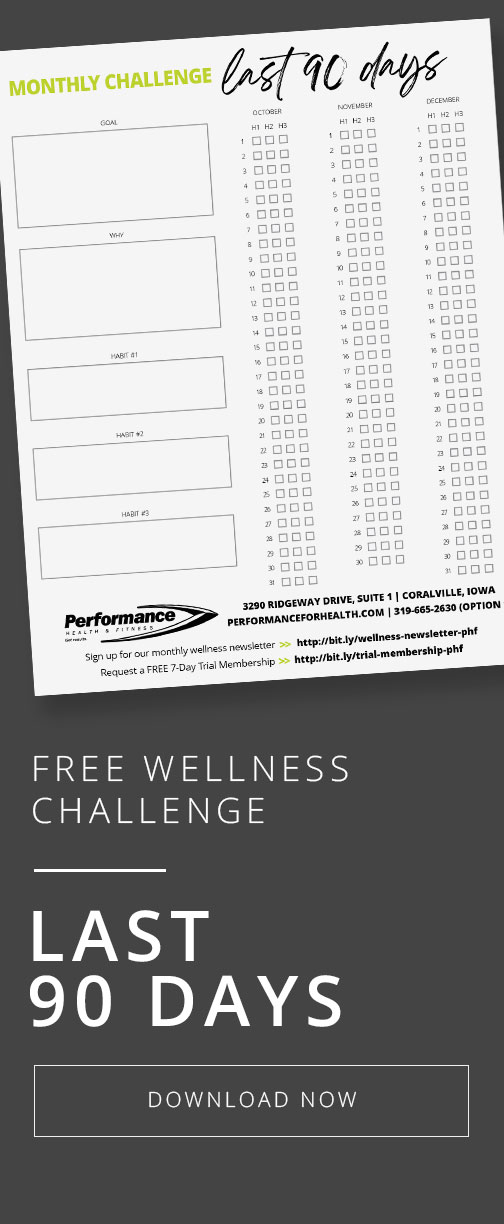Are you feeling your shoulders rise to your ears?
Is your response to people short and unpleasant?
Are you tossing and turning at night?
These all are signs of stress.
Do you know what your stress triggers are? Is it work-related, personal, kids, relationships, a project you’re working on? Whatever it may be – identify it. Once you can identify your stress triggers, you can work on a plan of action to manage it, decrease it, or find a coping mechanism.
As a new mom, I often find that making time for myself is an issue. It’s not that I don’t want to take the time to decrease my stress levels – it’s more that I have a thousand other things I need to do. I would much rather ignore the fact that I am stressed and play with my son or do the other busy tasks I need to finish before the day is over. On the other hand I can feel the stress. My neck is sore. My mood switches to irritable quickly. I can’t focus. I feel fatigued.
So what do I do about it? I workout. Very similar to the advice in this article, The Role of Exercise in Stress Management, I use exercise and self-care as part of my daily routine.
Another coping mechanism that is helpful for me, is to deal with the stressor at the time it arises. I solve the problem head-on, write down pros/cons, or take deep breaths and think the stressor through.
Find what works for you and practice it.
Stress is a factor in our lives that never fully goes away. If the stressor is not dealt with it can eat away at you. Some people see health declines through weight and mood changes, sleep deprivation, increased blood pressure, and muscle tightness.
Don’t let stress run your life.
Here are 5 ways proven to decrease stress and how to apply them to your lifestyle.
1. Exercise
Exercise has been researched to decrease and manage stress. It has been shown that 20-30 minutes has reported people feeling calmer and the effects lasting for several hours. It physically improves the body’s response to stress because of the changes in hormone responses.
To add exercise into your schedule find the time of day that works best for you. Add small increments of exercise and increase as you feel ready. It’s not always about the longevity of your workout but what you do with your time. Example: If you have 30 mins in the morning for exercise and then 20 minutes around lunch – use that time efficiently. Spend one session strength training and then other on cardiovascular exercises. Both will decrease your stress levels while gaining strength, increase your mobility, and improve your overall health.
2. Progressive Muscle Relaxation (PMR)
Progressive Muscle Relaxation is a technique used to decrease stress and anxiety. You alternate tensing and relaxing your muscles. Stress is accompanied by tense muscles, so if you learn how to relax them you will see many health benefits such as decrease in heart rate and headaches, increase feeling of control, energize body, and increase in restful sleep. It can be done in a 15-20 minute session and up to 2-3 times per day.
3. Diaphragmatic Breathing
This is a technique used to teach you how to properly breathe using your diaphragm muscles. Breathing from your diaphragm allows you to take deeper breaths, slows your heart rate, and produces even levels of carbon dioxide and oxygen in blood levels.
To incorporate it your daily lifestyle find a quiet place for 5-10 minutes. Work on breathing in from your nose making sure your belly expands and exhale through your mouth as if you are blowing through a straw. This should pull your belly button to your spine as you blow all your air out. Focus on your breathing and let your mind shut off.
4. Transcendental Meditation
Transcendental Meditation is simple and can be easily learned. You sit with your eyes closed and repeat a meaningless sequence of sounds specific to the individual. It is taught by a TM instructor and classes can be found online. It has been shown if practiced 2 times per day for 20 minutes, which improves brain function and attention, decrease blood pressure and anxiety, reduces stress, and enhances mood and self-esteem.
Give this a try by finding a place where you can shut your mind down. Concentrate on your mantra and concentrate on nothing but yourself.
5. Yoga
Yoga is mind-body fitness with a combination of muscular activity and a directed mindful focus on you, breathing, and energy. Yogic practices enhance muscular strength and body flexibility, promote and improve respiratory and cardiovascular function, promote recovery from and treatment of addiction, reduce stress, anxiety, depression, and chronic pain, improve sleep patterns, and enhance overall well-being and quality of life.
To incorporate into your lifestyle there are many options to practice yoga. You can take a class; find an app, or online class. Yoga can be practiced anywhere and can range from 10-60 minutes. At Performance Health & Fitness, there are many yoga classes each month that are included in our Group Fitness schedule – all which are free with basic membership. For more advanced yoga instruction, you can sign up for our specialty yoga classes.
In conclusion, to decrease stressors you need to take time to identify them and give yourself the much-needed time to decrease and cope.
You have the power to make your life better.
Sometimes it takes more effort to get ourselves in a place of true happiness, but when you get there you will know it was worth it.
///
Want to learn more about Personal Training, Health Coaching, Nutrition Coaching, TEAM Training, or Senior Fitness/Senior Personal Training at Performance Health & Fitness? Sign up for a FREE 30-Minute Strategy Session with a certified personal trainer and we'll help you find the resources and information needed to reach your personal goals.


